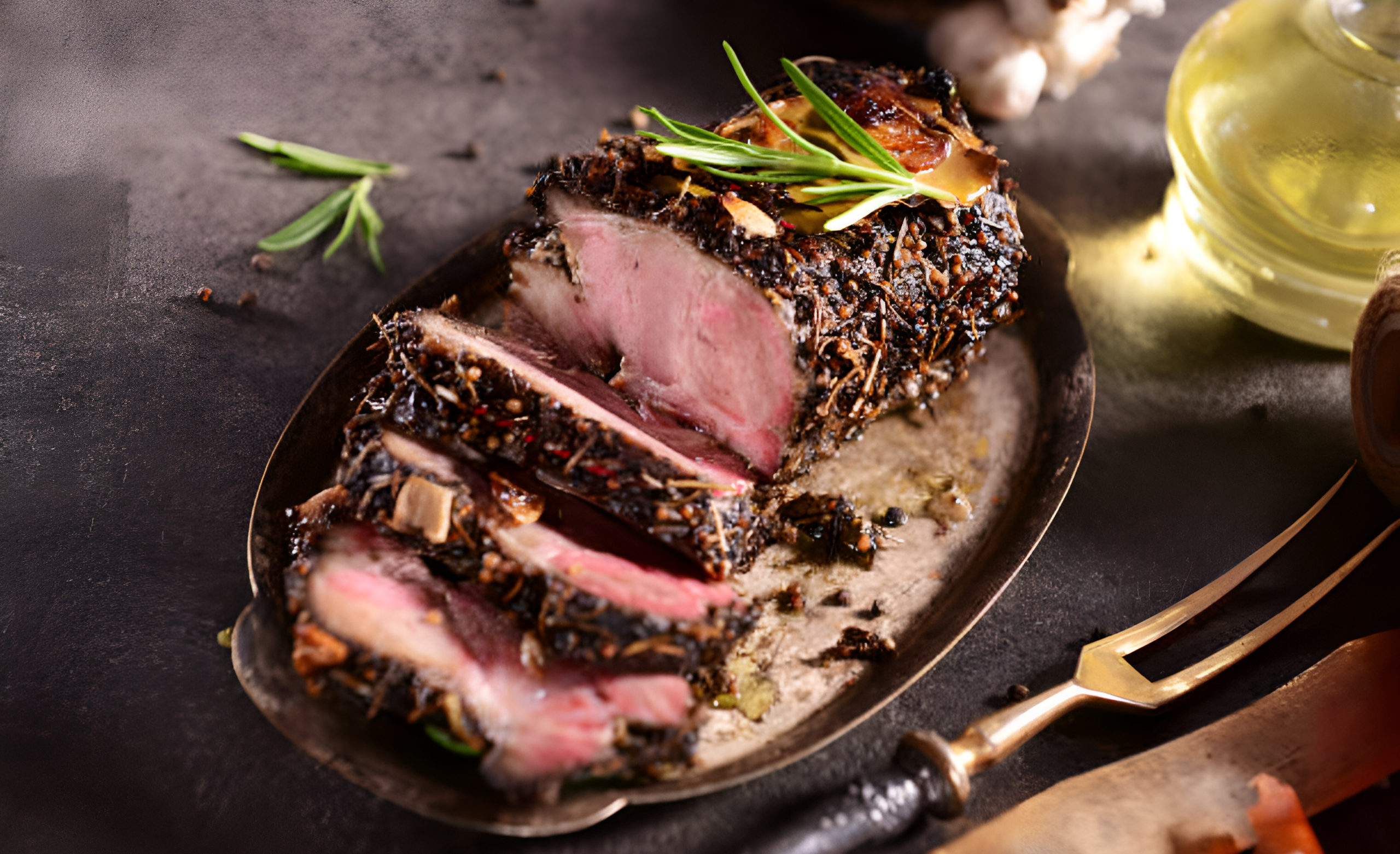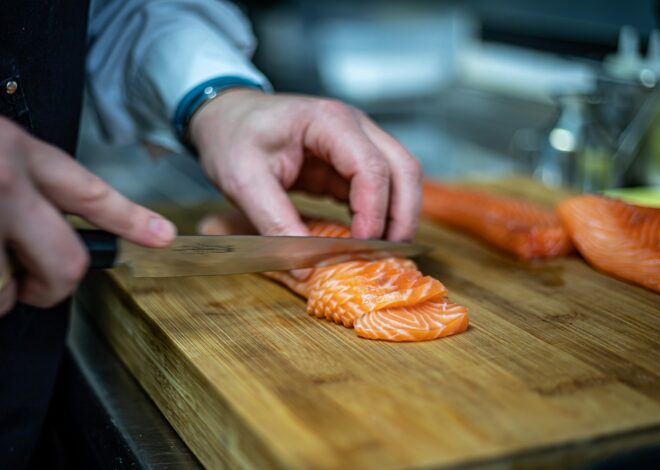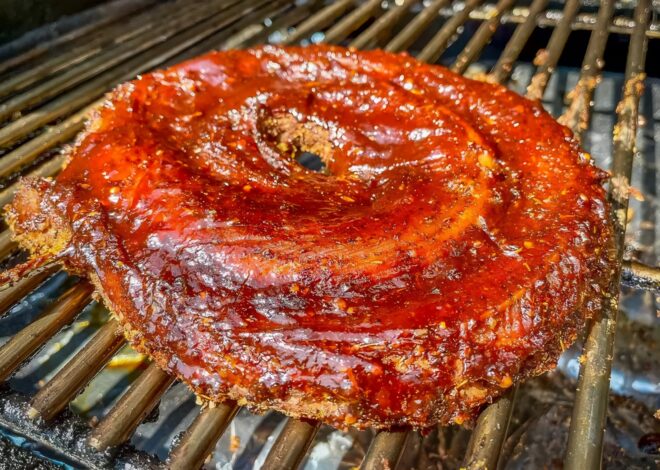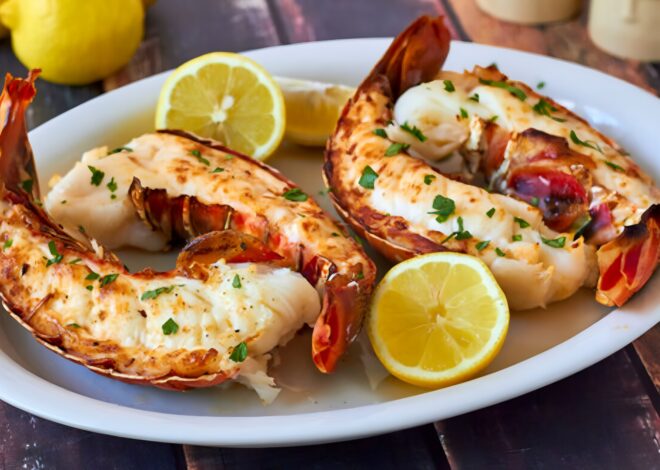
How To Cook Wild Boar Meat
Whether you’re planning an intimate dinner or looking to impress guests at your next gathering, understanding how to cook wild boar meat can elevate any meal. Are you ready to take your culinary adventures to the next level? If you’ve never tried cooking wild boar meat before, you’re in for a treat!
This unique protein not only tantalizes the taste buds but also brings an array of health benefits. Imagine savoring dishes with rich flavors that tell stories of nature and wilderness. Wild boar offers a different experience compared to traditional meats, making it perfect for those who love exploring new tastes.
With its robust flavor profile and versatility in recipes, it’s time to dive into this exciting world. Let’s explore all there is to know about preparing and enjoying this delectable meat!
Health Benefits of Wild Boar Meat
Wild boar meat is a powerhouse of nutrition. It’s leaner than traditional pork, making it an excellent choice for health-conscious eaters. With lower fat content, you can enjoy the rich flavor without the guilt. Packed with protein, wild boar supports muscle growth and repair.
This makes it ideal for those looking to boost their fitness regime or recover after workouts. Moreover, this game meat is rich in essential vitamins and minerals like B vitamins, iron, and zinc. These nutrients play vital roles in energy production and immune function.
The omega-3 fatty acids present in wild boar help reduce inflammation and support heart health. Incorporating this unique meat into your diet could lead to various long-term benefits as well. With its robust nutritional profile, it’s not just about taste; wild boar offers a delicious way to enhance your overall well-being.
Benefits of Cooking with Wild Boar Meat
Cooking with wild boar meat offers a unique culinary adventure. Its rich, robust flavor elevates any dish, making it an exciting alternative to traditional meats. Wild boar is leaner than pork and beef, providing a healthier option for those seeking lower fat content without sacrificing taste.
This gamey meat is packed with protein and essential nutrients like iron and zinc, beneficial for maintaining energy levels. Using wild boar also supports sustainable practices. Many hunters practice responsible hunting methods that help control the population while contributing to local ecosystems.
Experimenting with wild boar can lead to creativity in the kitchen. From stews to barbecues, its versatility allows chefs at every skill level to create memorable meals that impress family and friends alike. Plus, serving wild game often sparks interesting conversations around the dinner table!
Preparation and Precautions Before Cooking
Before diving into the cooking process, it’s essential to prepare properly. Start by thawing wild boar meat in the refrigerator for several hours or overnight. This method keeps bacteria at bay and ensures even cooking. Next, always wash your hands thoroughly before handling any raw meat.
Use separate cutting boards and utensils to avoid cross-contamination with other foods. Keeping your workspace clean is crucial. When preparing wild boar, trim excess fat as it can become tough during cooking. The flavor of the lean meat shines best when paired with a few seasonings rather than being overshadowed by heavy marinades.
If you’re unfamiliar with wild game, consider marinating the meat beforehand to enhance tenderness and flavor absorption. Choose an acid-based marinade like vinegar or citrus juice combined with herbs for optimal results.
Common Cuts of Wild Boar Meat and How to Cook Them
Wild boar meat offers a variety of cuts, each with its own unique flavor and texture. The most popular include the shoulder, loin, and hind leg. The shoulder is perfect for slow cooking. Braising or roasting it allows the rich flavors to develop fully.
The marbling in this cut keeps it moist and tender as it cooks. Loin chops are leaner and cook quickly on high heat. Grilling or pan-searing these cuts can yield delicious results. Just be careful not to overcook them; they dry out fast due to their low fat content.
Hind legs can be used for making sausages or cured meats like prosciutto. They require longer cooking times but result in flavorful dishes that highlight wild boar’s distinct taste. Experimenting with different cuts will allow you to discover your favorite way to enjoy this gamey delicacy. Each method brings out something special in wild boar meat.
Tips for Adding Flavor to Wild Boar Meat
To elevate the taste of wild boar meat, consider marinating it overnight. Use a mix of acidic ingredients like citrus juice or vinegar combined with herbs and spices. This not only tenderizes the meat but also infuses it with rich flavors. Experimenting with dry rubs can also enhance your dish.
Ingredients such as smoked paprika, garlic powder, and black pepper create a delightful crust when seared properly. Don’t shy away from bold flavors. Ingredients like juniper berries or rosemary complement wild boar’s robust flavor profile beautifully.
You might want to introduce sweetness too. A touch of honey or maple syrup in your marinade can balance the gamey taste perfectly. Cooking methods matter just as much. Slow-cooking allows spices to meld deeply into the meat, while grilling adds that sought-after smoky essence.
Tips for Cooking Wild Boar Meat Perfectly
Cooking wild boar meat requires a little finesse. Start by brining the meat overnight in a saltwater solution. This enhances flavor and helps retain moisture during cooking. When it comes to seasoning, think bold. Wild boar pairs wonderfully with herbs like rosemary, thyme, and sage.
A spice rub can elevate your dish; consider using smoked paprika or crushed garlic for that extra kick. Low and slow is key when cooking tougher cuts such as shoulder or leg. Braising or slow-roasting can transform these into tender delights. Use a meat thermometer to monitor internal temperature closely.
Aim for around 145°F for medium-rare, but adjust according to your preference. Let the cooked meat rest before slicing. This allows juices to redistribute, leading to an incredibly juicy bite every time you serve up your meal!
Delicious Wild Boar Recipes to Try at Home
If you’re eager to experiment in the kitchen, wild boar meat offers exciting culinary possibilities. One delightful option is slow-cooked wild boar ragu. Simmering with tomatoes, herbs, and red wine brings out rich flavors that pair perfectly with pasta.
For a lighter dish, consider grilling marinated wild boar chops. A mix of olive oil, garlic, rosemary, and lemon juice creates a zesty marinade that enhances the meat’s natural sweetness. You can also try making spicy wild boar tacos. Shredded meat combined with fresh cilantro, onions, and a squeeze of lime makes for an unforgettable meal.
Don’t forget about hearty stews! Combining chunks of wild boar with root vegetables and savory broth results in comfort food at its finest. Each recipe highlights the unique taste of this game meat while inviting creativity into your cooking routine.
Serving Suggestions and Pairings
When it comes to serving wild boar meat, the right accompaniments can elevate your dish. Consider pairing it with roasted root vegetables like carrots and parsnips for a hearty contrast. Their sweetness complements the rich flavor of the meat beautifully.
A side of sautéed greens, such as kale or Swiss chard, adds a touch of freshness and color. Toss them in olive oil and garlic for an extra punch. For those who enjoy grains, polenta or farro work wonderfully. These dishes absorb sauces well and provide a satisfying base.
Don’t forget about sauces! A tangy berry compote or a red wine reduction can enhance the natural flavors without overpowering them. Choose wines wisely. A full-bodied red like Cabernet Sauvignon or Syrah pairs excellently with wild boar’s robust profile—perfect for rounding out your dining experience.
Where to Buy Wild Boar Meat and How to Store It
Finding wild boar meat isn’t as challenging as it may seem. Many specialty butcher shops carry it, especially those focusing on game meats. Local farmers’ markets often feature vendors who raise wild boars or source them from sustainable farms. If you’re looking online, various websites specialize in exotic and game meats.
Ensure you choose reputable suppliers that prioritize quality and ethical sourcing practices. Once you’ve procured your wild boar meat, proper storage is essential to maintain its flavor and freshness. Store uncooked meat in the freezer if you’re not using it within a couple of days.
Wrapping it tightly in plastic wrap or vacuum-sealing will help prevent freezer burn. For cooked dishes, refrigerate leftovers promptly in an airtight container. This prevents spoilage while keeping the rich flavors intact for your next meal!
Conclusion: Enjoying the Flavorful Taste of Wild Boar Meat
Wild boar meat offers a unique taste experience that sets it apart from traditional meats. Its rich flavor, combined with numerous health benefits, makes it an excellent choice for adventurous eaters and culinary enthusiasts alike.
By understanding the various cuts and cooking techniques available, you can create mouthwatering dishes that will impress family and friends. Incorporating wild boar into your kitchen routine opens up a world of flavor possibilities.
With proper preparation, seasoning, and cooking methods, you’ll discover just how delightful this game meat can be. Whether you’re grilling steaks or slow-cooking roasts, the versatility of wild boar allows for creativity in every dish.
So go ahead—explore new recipes, experiment with flavors, and savor the satisfying taste of wild boar meat in your next meal. It’s not just about eating; it’s about enjoying a culinary journey filled with bold flavors and wholesome goodness.



